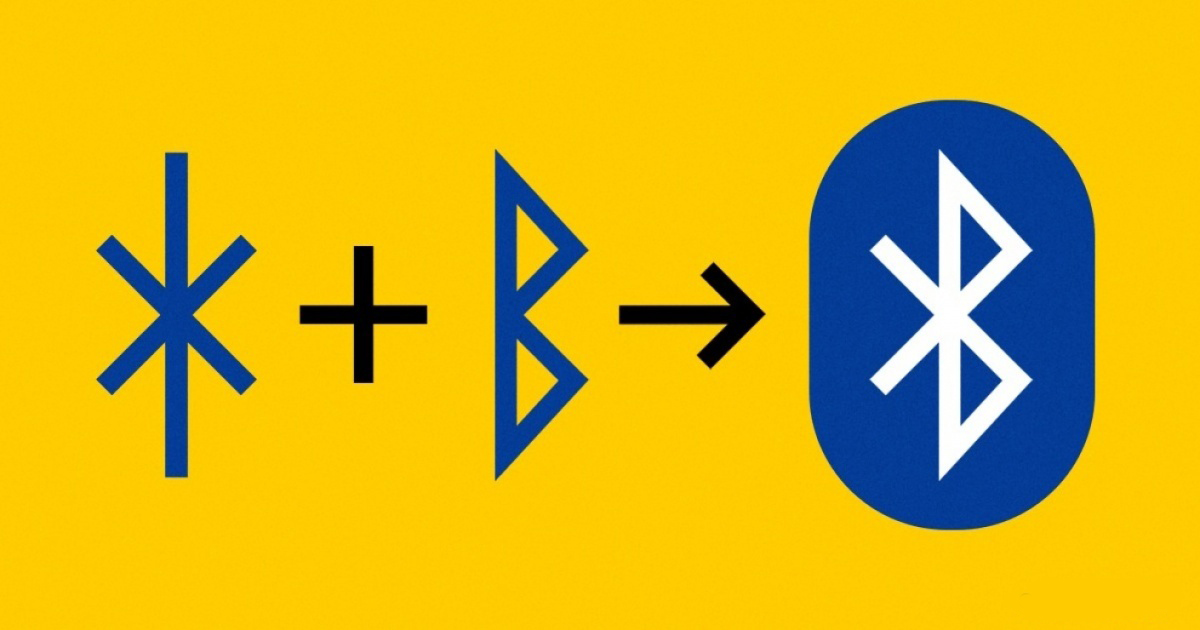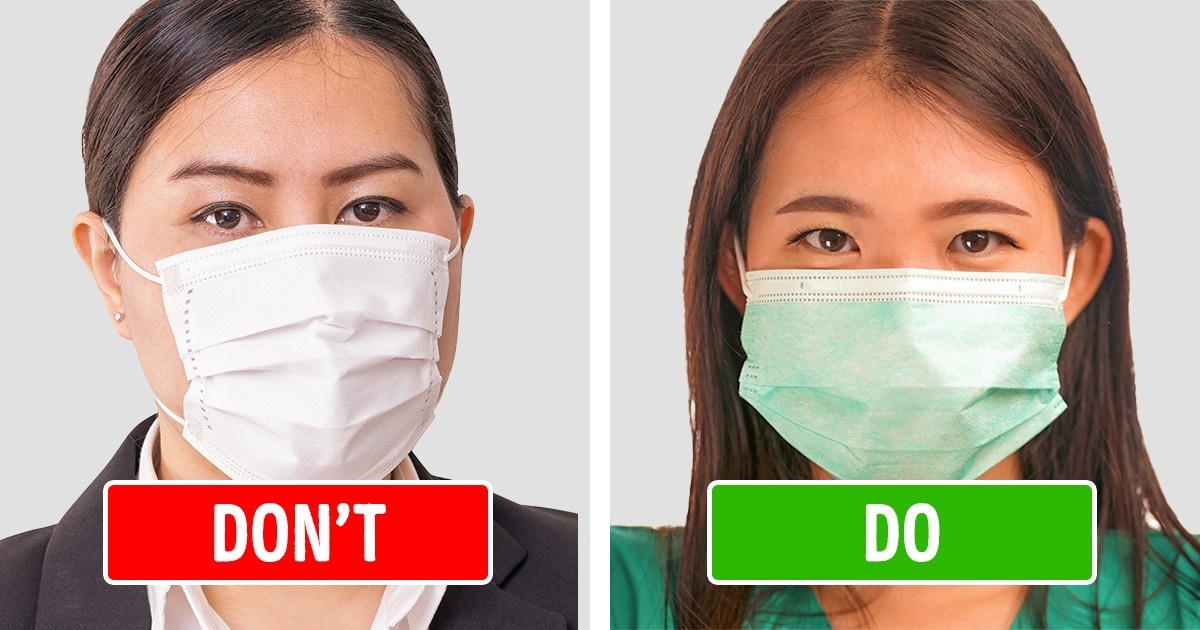There’s a multitude of things we see around us on a daily basis, but we still don’t know what these things are really for.
We at CreativeSide are curious people by nature, so we decided to discover the secrets of some of them, and we are happy to share what we have discovered with you!
Things We Still Don’t Know About
1. The Hanging Loop On The Back Of Your Shirt
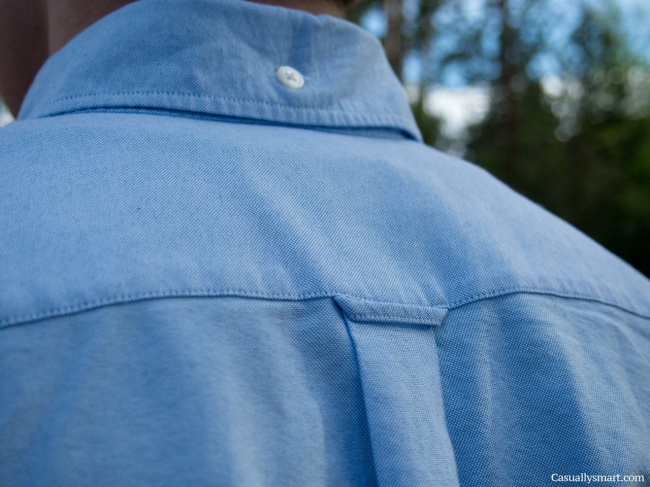
There are three plausible explanations for this. The first is the most obvious: it’s for hanging up your shirt.
The second explanation comes to us in the era of removable shirt collars and handkerchiefs: it may have been designed in some way to help secure the tie.
The third idea is the most romantic. An American college student is said to have removed the loop from his shirt when he started dating a girl, to show that he was taken. For her part, his girlfriend began to wear a scarf with the emblem of his university.
2. The Cylinder On Your Laptop’s Power Cable
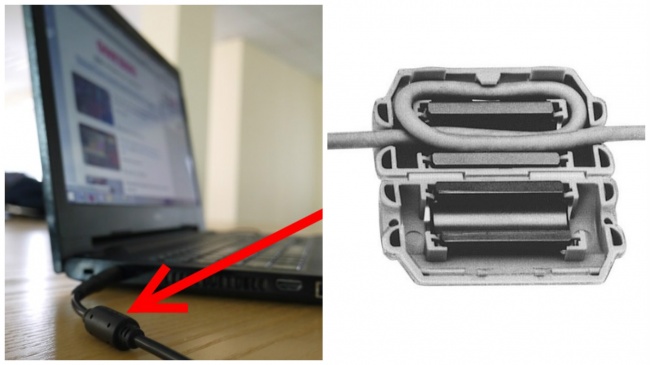
You almost certainly noticed this little thing when using a laptop. This small but very important device is called a ‘ferrite bead’. It suppresses high-frequency noise in electronic circuits. Its design is incredibly simple: it has a ferrite insert into which the cable is wound.
3. The Small Hole In The Window Of An Airplane

Two pieces of plastic glass (perspex) are used to make the window panes in airplanes. On its own, the internal glass pane could potentially shatter due to the significant pressure difference between the aircraft cabin and the outside. The small hole allows air to move between the cab and the area between the two panes, equalizing the pressure between them.
4. The Blue Part Of Your Eraser

© maped.com
Ask someone why there is a blue part in the eraser and they will probably say it is to remove marks from the pen. But this is not true. It was originally intended to remove the marks from the thick paper.
The pink part can leave traces of what was written on the paper, while the blue part usually gets rid of everything.
Rubber producers soon discovered that people did not fully understand their true purpose and began promoting the use of the blue part of rubber for the new purpose of removing pen marks. They even got to label it with the image of a pen.
5. The Horizontal Buttonholes On Your Shirt
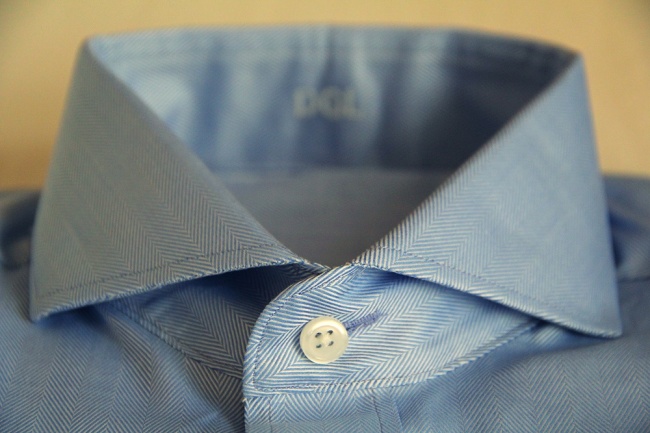
Here is another mystery associated with your shirt: why are the top and bottom buttonholes horizontal, while all the others are vertical? This is due to the fact that the buttons in these two locations are more likely to come undone. A horizontal button makes this less likely compared to a vertical button.
6. The Extra Eyelets On Your Sneakers
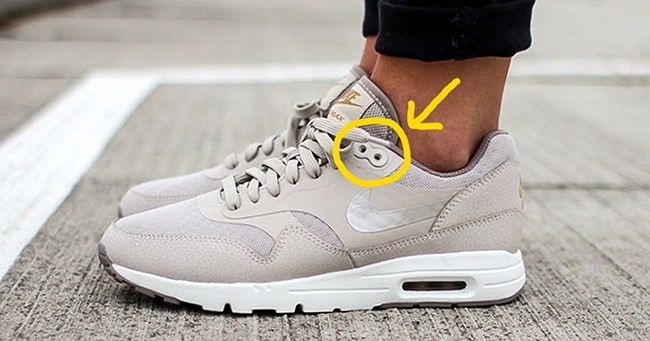
Few people pay attention to the additional eyelets on the top of the running shoes. However, they should, because they were really designed with one very useful goal in mind: they should glue their shoes to their feet and prevent them from rubbing their ankles while playing sports. You can find how to use them in this video.
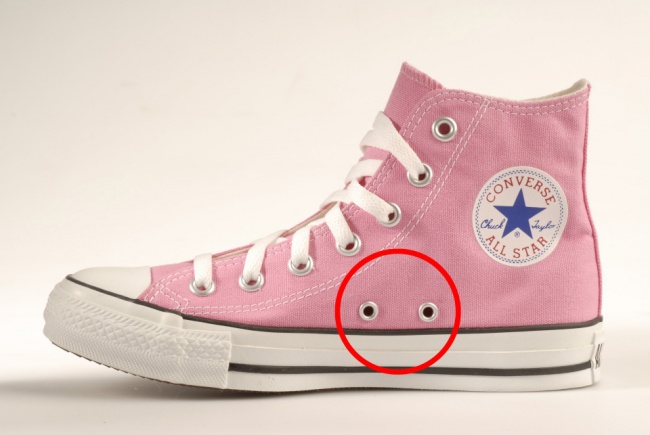
By the way, you may notice two additional holes inside the Converse trainers. They are made not only to make the fit more comfortable but also to add ventilation to the shoe.
8. Small Pocket And Rivets On Your Jeans
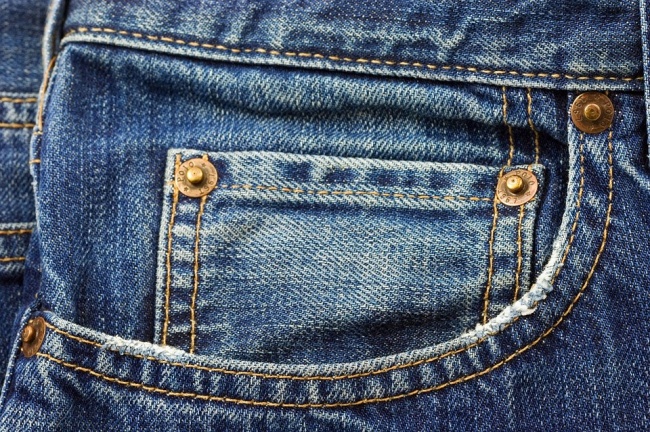
The most common answer to the existence of the small pocket is that it must contain contraceptives! Obviously, the small pocket on your jeans may be suitable for this and to store many other things, but that was not its original purpose.
It first appeared in Levi’s jeans in 1873 and was meant to be used for pocket watches. To this day, manufacturers still officially call it “watch pocket”.
As for rivets, they play a bigger role than you think. When the first jeans appeared, workers wore jeans while working, but the physical work caused their pants to fall off quickly.
Fortunately, the solution was found: nails that reinforce the areas that suffered the most stress. The riveted pants became a huge success and, as we still wear them today, you can imagine how revolutionary they were.
9. The Hole At The Top Of The Cap On A Ballpoint Pen
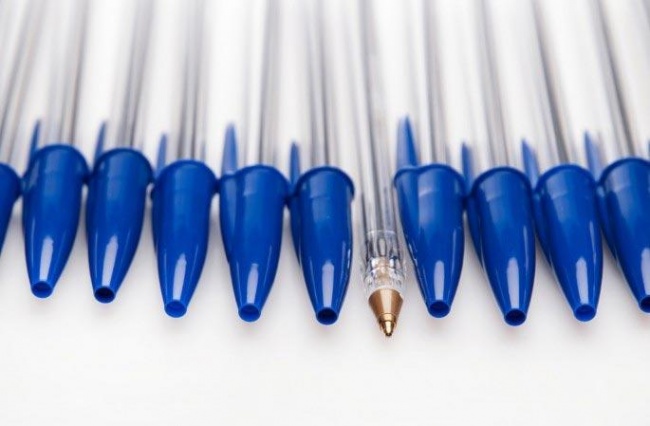
It is widely believed that the hole at the top of the ballpoint pen caps should allow air to flow into the lungs if it is lodged in a person’s throat.
This is not the case. If something gets stuck in someone’s trachea, it will cause the mucous membrane to swell in reaction. This gap helps prevent the cap from getting absorbed into the membrane.
9. The Scrap Of Material That Comes With New Clothes
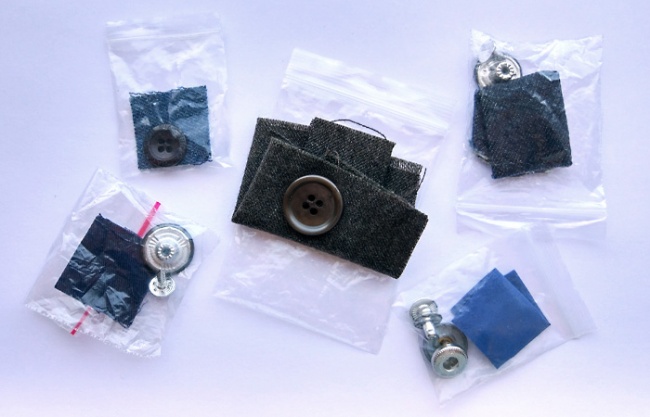
In fact, these remnants of material should not be used to sew patches on your clothing. They really should be washed with detergent powder or bleach to let you check how your new clothes will react to certain types of different / laundry chemicals. My life will never be the same now, I know!
